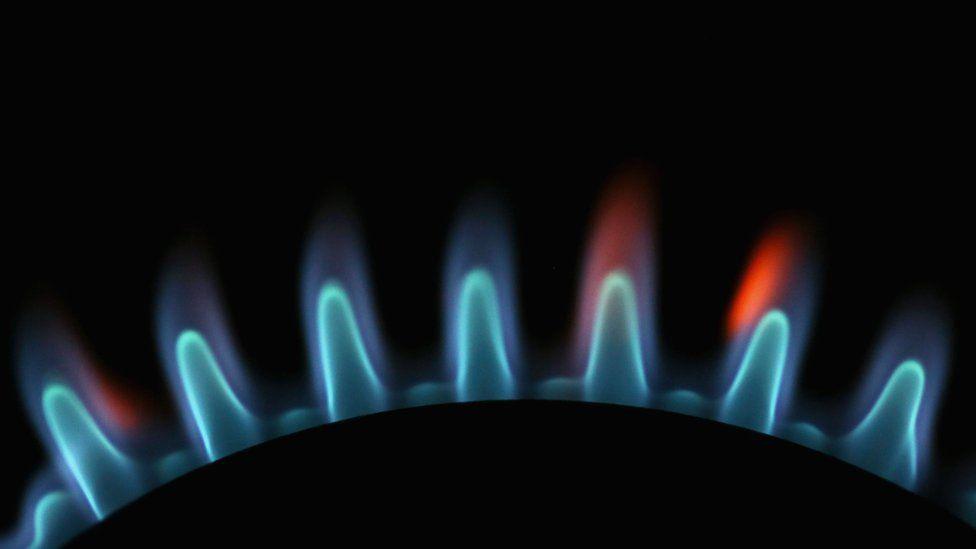Carbon monoxide poisoning death figures revealed
- Published

The signs and symptoms of carbon monoxide poisoning are often mistaken for other illnesses, such as food poisoning
Nearly 50 people have died as a result of carbon monoxide poisoning in Northern Ireland during the past six years, according to figures obtained by BBC News NI.
The type of deaths ranged from accidental to intentional poisoning.
A number were also caused by exposure to smoke as a result of an uncontrolled fire in a building.
Carbon monoxide is produced when fuels such as gas, oil, charcoal, coal and wood do not burn completely.
The figures obtained by BBC News NI revealed that since 2011, there have been more than 120 hospital admissions because of carbon monoxide poisoning.
As part of Gas Safety Week, a UK-wide survey has also found that people surveyed are much more likely to own a smoke alarm (76%) than an audible carbon monoxide alarm (47%). One in 10 people surveyed admitted they had never had their gas appliances checked.
What is carbon monoxide poisoning?
Carbon monoxide is a colourless, tasteless, odourless gas. Breathing it in can be fatal or cause long-term health problems
Symptoms of carbon monoxide poisoning can be similar to those from other illnesses, such as food poisoning or flu
The most common cause of poisoning is when an appliance, such as a boiler or cooker, is installed incorrectly or poorly maintained
In 2012, carbon monoxide alarms became mandatory in all new builds in NI after a number of high-profile deaths in the region were caused by deadly household gas leaks

'It feels like you're drowning'

Jude Sellmeyer had almost fatal levels of carbon monoxide poisoning
Nurse Jude Sellmeyer was staying in a rented shared house in London during Christmas 2011. The boiler hadn't been working properly.
She woke for an early shift at 04:00 BST with a severe headache, dizziness and nausea. Ms Sellmeyer went downstairs to discover her housemate unconscious on the kitchen floor, and called the emergency services.
"Because of my nursing background I thought it might be gas-related, so the emergency operator told me to open all the doors and windows and get outside immediately," she said.
"I managed to wake my friend and went outside and we were rushed to the hospital.
"We were put on constant oxygen for three days."
Ms Sellmeyer and her friend were diagnosed with almost fatal levels of carbon monoxide in their blood.
She said: "You are so dizzy, your head feels like a tonne weight, you feel sick, there's a pressure on your chest like a you're in a panicked state. It feels like you're drowning."
She added: "When I hear about other deaths I just think what a total waste. I now have carbon monoxide alarms everywhere in my house.
"People need to take these precautions. It's such a simple purchase and these deaths are preventable."

Under Freedom of Information legislation, BBC News NI asked Northern Ireland's five health trusts how many people had been admitted to hospital with carbon monoxide poisoning from 2011 to 2017.

Death certificate data provided by the Northern Ireland Research and Statistics Agency (Nisra) showed carbon monoxide was mentioned on 49 NI death certificates between 2011 and 2016.
Almost 40% of the deaths were described as "intentional self harm", 20% were accidental poisoning and the remaining were the result of uncontrolled fire in a building or structure or exposure to other specified smoke, fire and flames.
The statistics show that 40 of the 49 victims were male.
Click here, external for more information on the dangers associated with carbon monoxide poisoning and how it can be detected.
- Published14 August 2018

- Published31 October 2012

- Published30 January 2014
